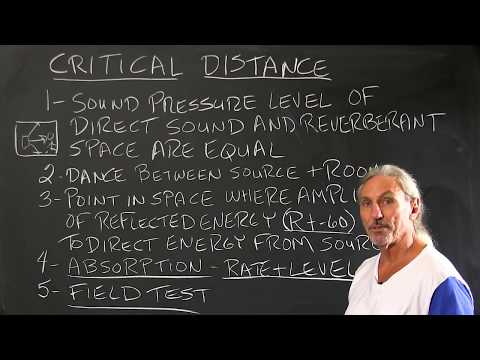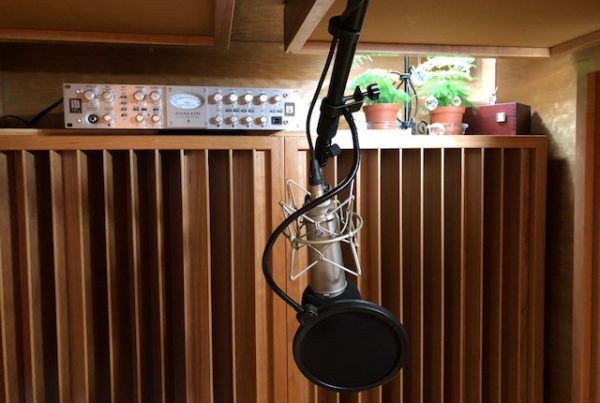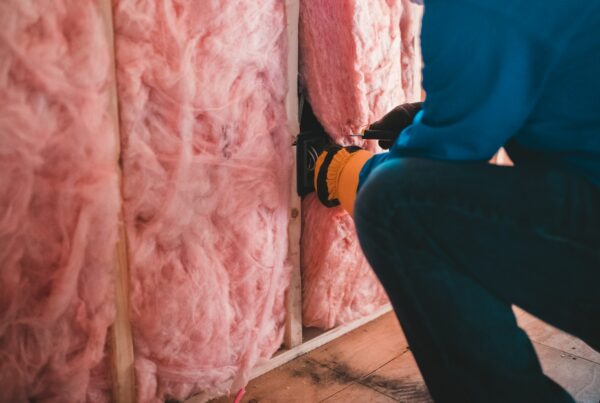Let’s talk about a term called critical distance, probably a term you don’t hear that often. But it’s applicable in acoustics and we can have a little bit of fun with it today, too. But basically for a definition, it’s the sound pressure level of the direct sound and the reverberant space in your room.
If we come over here and we look here at our room – yeah, we can do that – we have our speakers and we have the direct energy and then we have ourselves here, right? And then we have all the reflected energy from the room. So the critical distance is the distance where the source and the room are kind of interacting. So it’s a point in space where the amplitude of the reflected energy, so the strength of all these reflected energies which is our RT60 time, remember that, is equal to the strength of the direct sound.
So it’s that real critical point in your room. And you can kind of test that. If you’re in your room take your chair out, stand where your chair is, where your seated position is, walk towards the speakers, stay in the center line in between the speakers and listen as you take steps back. And you’re going to hear the room in one position as you’re closer to the source and as you move back from source you’re going to hear more of the room.
And there’s going to be that point where the strength of the direct sound from your speakers and the reflected sound from the room reach a balance. And it’s a good test. It’s a good way for you to judge your listening skillset and your hearing ability. I call it the dance between source and room. I mean that’s really what it is.
Now, what does it mean a force in terms of acoustics? Well, it gives us an idea of how much room sound we actually have so it gets a balance, it’s a balancing act between the two. So what do we use for treatment? Well, absorption. We’ve got to have the right rate and level because the goal is always to bring about a balance between the time signatures of the reflection and the direct energy. This is how we get definition and this is how we get separation, this is how we get sound stage. Then we take all of those elements and we work within the confines of the volume and the size of the room and match it with usage.
Field test, we just talked about. Try it some time, get rid of your chair, stand up, walk towards the speaker and listen. Walk back the other way and you’ll be able to hear that area where the critical distance is the greatest.
—
This is an unedited transcript from our video series from Acoustic Fields. There will be some errors in grammar and sentence structure that occur during this translation process.
For complete understanding and comprehension, please view the video which is included in this text. For any additional information regarding this topic or others relating to room acoustics, please contact us directly at:
P: 520 – 392 – 9486







